What You Should Know Before Exploring Storm Drains
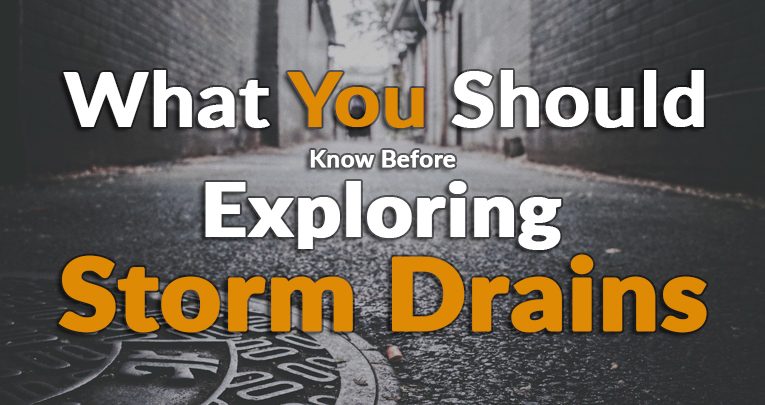
Urban explorers pride themselves on exploring the coolest’s and most dangerous abandoned places they can get into. From decrepit psychiatric wards to forgotten state prisons, and even abandoned military installations. The cooler the look and sound of the place, the bigger the thrill they get when exploring.
Some urban explorers like to push their boundaries. Exploring plain ol’ abandoned buildings just doesn’t give them the thrill they used to get like when they first started exploring. So, naturally, they move on to other locations. More interesting locations that are new to them. Places that very few people will ever get to see. Places like a storm drain.
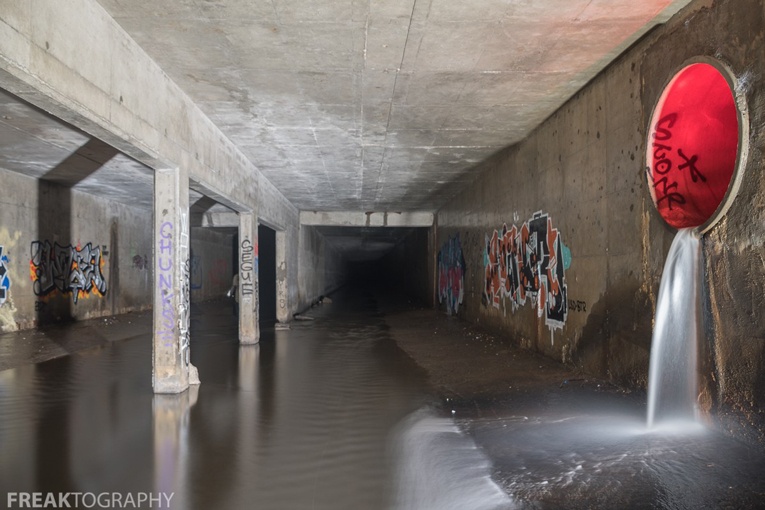
Yes, exploring storm drains is considered part of urban exploration. Exploring any man-made structure is urban exploration. Remember that.
People who engage in the act of exploring storm drains are called Drainers. They can also be called urban explorers, but ‘drainers’ is a much more specific word for describing them.
Draining is similar to exploring top-side abandoned buildings. You go into a storm drain, explore as far and deep as you can safely reach, then make your way out.
As you already know, exploring abandoned buildings has its dangers, and so does exploring storm drains.
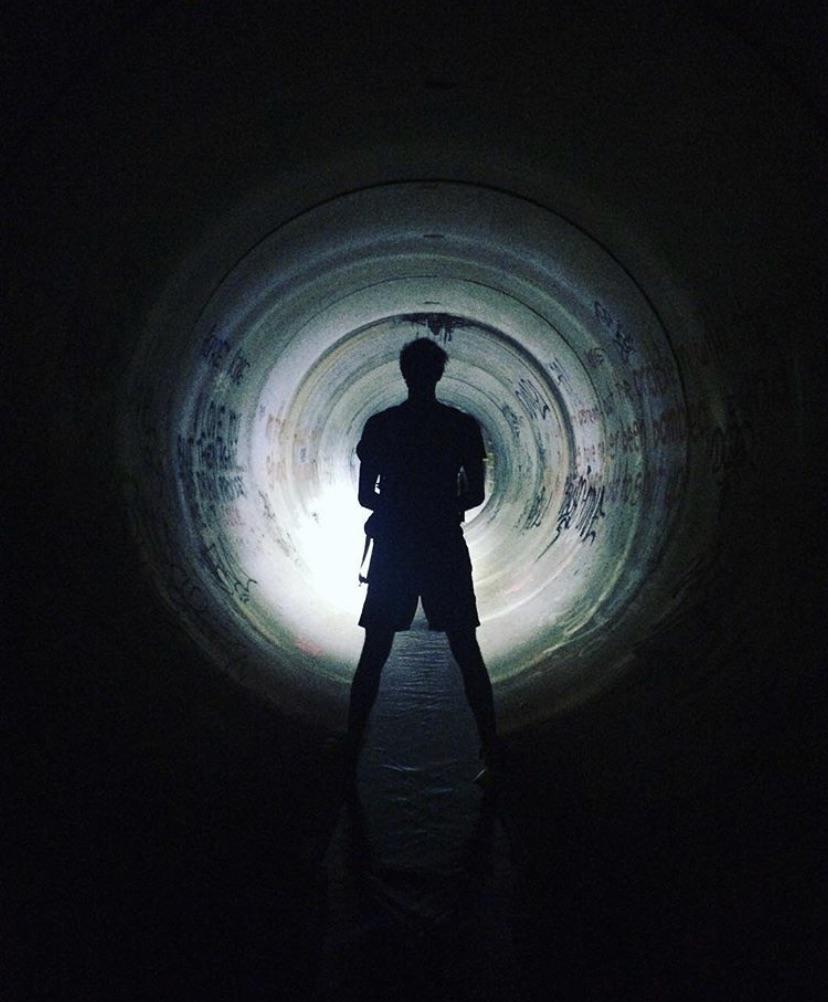
But many new explorers aren’t aware that storm drains carry their own unique set of dangers. Dangers that they’ve never come across when exploring buildings. I’ll touch on what these are in the later part of this article.
Exploring storm drains is not as popular as exploring abandoned buildings. It is way more dangerous than exploring a hospital or hotel, so naturally fewer people do it. Plus, the idea of being inside a wet and dirty place isn’t too appealing to everyone.
But as urban exploration continues to grow in popularity, mostly thanks to YouTube, urban explorers of all levels learn about exploring storm drains and get interested in doing it themselves.
If you’re one of these new explorers who are interested in one-day exploring storm drains, it’s important to know how to explore them the right way.
In this article I’ll share with you the many dangers you should be aware of when exploring drains, what you should carry with you, how to stay safe, rules to always remember, tips, and so much more.
I hope you find this article useful. Let’s get started.
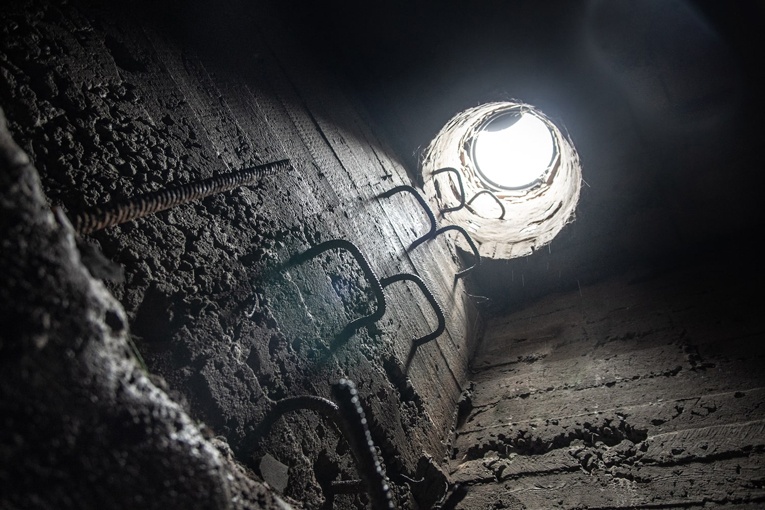
Is It Illegal To Go Into A Storm Drain?
The first thing you should know about draining is that entering a storm drain is illegal in almost all countries.
I’m sure you can guess why being in a storm drain is not allowed. For starters, as I’ve already mentioned in the intro, exploring a storm drain is incredibly dangerous.
Urban explorers have died and been seriously injured while inside storm drains in the past. It’s common sense why you aren’t allowed to go into one.
But as we urban explorers are known for, we don’t exactly always follow the rules. We like to be in places we’re not allowed to so we can experience what most people will never get to experience.
We’re infiltrators, taking risks to fulfill an innate desire to explore and discover the unknown and the unseen.
Is It Illegal To Explore Storm Drains?
If in the past you’ve explored abandoned buildings without an owner’s permission, then you already know that entering a place you’re not allowed in is a big risk.
If you’re willing to take the risk of entering and exploring a storm drain tunnel, there are a number of things you should know.
Primarily, the many dangers that are present in a storm drain. I touch on those in the following section.
A quick distinction you should be aware of is that storm drains are NOT the same as sewers. Sewers carry human waste such as urine, poop, and other dirty stuff. Exploring sewer tunnels is much dangerous and I don’t recommend it to beginners.
Storm drains, on the other hand, carry rainwater and run-off water that accumulates in the streets to keep populated areas from flooding.
Don’t get them confused because doing sewer exploration is a lot messier, more dangerous, and grosser than storm drains.
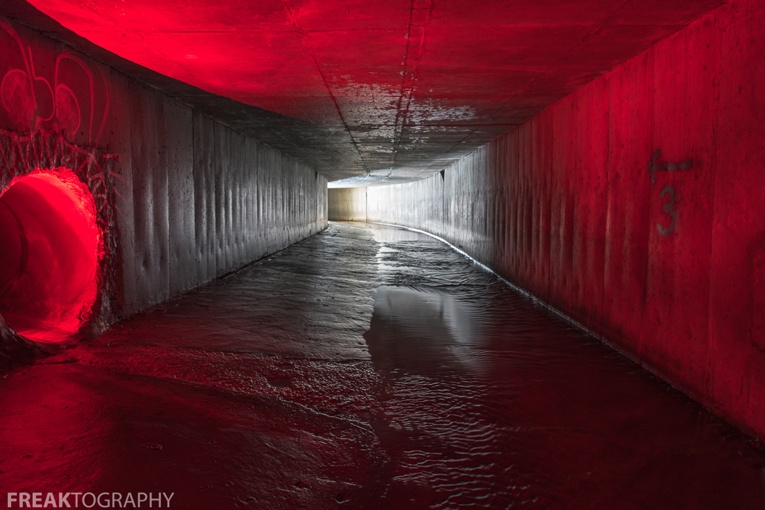
The Dangers of Exploring Storm Drains
If you’re going to be exploring storm drains, you’re probably wondering, are storm drains dangerous? You should be aware of the dangers that you might come across in your explorations. Here are a couple of things you should be aware of to try and stay as safe as possible when doing some storm drain exploring.
Losing Sense of Direction Is So Easy
If you’re not careful, it is incredibly easy to lose your sense of direction while deep inside a storm drain tunnel.
All storm drains are different. But most of them have one thing in common, they run for hundreds of miles and are incredibly dark, slippery, and dangerous.
There is very little to no light passing through a drain. If you explore deep into a drain and take multiple twists and turns, there is a high chance you could get lost.
If your flashlight were to die on you while you’re deep in a drain, making your way out might be tricky.
In order to not lose your sense of direction when inside a drain, try not to venture too far into it the first time you’re exploring. Always remember to take a backup flashlight with extra batteries, mark your route with something like colored tape, and never go alone.
If you’re thinking of going alone, just stop and think about what it would be like to be lost in a maze with the possibility of never coming out. That should help you remember to never explore by yourself.
Sudden Flooding
It’s so easy to underestimate how quickly a storm drain can flood.
If you’re inside a storm drain and water starts flowing through, there is a chance that a sudden rush in the current can hit you and knock you off your feet.
You could be soaked and dragged further into the drain by a sudden burst of water. Making your way out of the drain while there’s a rush of water coming at you in full force is very dangerous.
This is why it’s important to remember the number one rule of draining, If It Rains, No Drains!
Seriously, if there’s even a small chance of rain the day that you’re planning on exploring a storm drain, don’t go. Stay home and postpone the exploration until it’s safe.
Bacteria In Stagnant Water
A storm drain is a perfect environment for bacteria to grow in.
Stagnant water is an ideal breeding ground for mosquitoes and other insects that can carry disease or bacteria on them. You’re likely to encounter these in dark and wet places like a storm drain.
Although not all urban explorers wear respirator masks when draining, it’s not a bad idea to at least cover your mouth/nose with something. A bandanna or face mask would be ideal.
By doing this, you limit exposure to not only bad odors but also possible air-borne bacteria that can go into your lungs.
Also, wear hand gloves and clothes that cover your full body so you can limit your skin exposure to possible contaminated areas with bacteria, disease, or fungi that may be lingering in a storm drain.
Getting Injured or Trapped
As with any abandoned location you explore, the possibility of injury is always present. If you’re not exploring with a friend and you injure yourself in any manner that makes it difficult for you to get out of the drain by yourself, you could be in serious trouble.
As I mentioned above, not all drains are built the same. Some storm drains are multi-level and have big holes in the ground that leads to a lower level of the drain. Falling into the lower level of a drain system by accident is almost certain death for any explorer.
Becoming trapped in one of these places is also a possibility. Phones don’t always work underground.
If you’re going to be exploring storm drains, make sure you take as many precautions as you can. Here are a few that will help you.
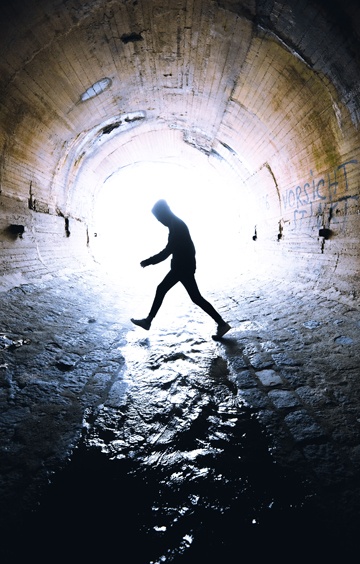
Tips For Staying Safe When Exploring Drains
Now that you know some of the dangers that are present in storm drains, it’s time to learn a few tips for staying safe.
For starters, you need to have the maturity to take responsibility for your own safety.
When you’re inside a storm drain, there is no one down there trying to keep you safe. It’s just you, a friend/s, and the drain.
Don’t make any stupid decisions while you’re exploring and use common sense. If something looks too dangerous or unsafe for you, back out. Don’t risk your life for a cool Instagram photo.
Here are a couple of tips you should follow to make sure you safely walk out of a storm drain with a good experience and no injuries.
Always Go With A Friend
Ask any experienced drainer for advice and they will almost always mention that you should never explore drains alone.
It just makes sense not to. Being in a possibly dangerous area alone is simply stupid. Go with a friend or two and you’ll help keep each other safe.
There’s safety in numbers, remember that!
Check Weather Reports Before Exploring
Before you ever decide to enter any storm drain, make sure you check the weather reports first. Remember the number one rule of draining, If It Rains, No Drains.
Even if the weather looks perfect, the sky is clear, and there’s no wind, always make sure there is little to no chance of rain that day. A quick Google search will tell you the weather in an instant.
Don’t skip this step. Even if there’s a light shower that day. Don’t explore a drain. Water quickly accumulates in a drain and your chances of being injured increase greatly.
Cover Your Body At All Times
Drains are incredibly dirty places. Everything from runoff water, dead animals, and trash ends up in drains. They’re open holes on the ground and anything can go in them.
Keeping your body covered is the right thing to do.
You don’t want to go all astronaut and wear a freaking full bodysuit. But you do want to at least make sure your arms and legs and covered. Wear pants instead of shorts. Long sleeve shirts instead of short sleeves.
Accidentally falling down or rubbing against rough surfaces while in a drain are a possibility. You don’t want to be fully exposed to unsafe and dirty areas.
A simple scrape or any minor open wound injury can be enough for bacteria or other nasty stuff to get into your body. You don’t want to deal with any of this nasty shit. Trust me.
Just keep your body covered and you greatly reduce your chances of a possible infection or similar.
By the way, some hand gloves and a face mask wouldn’t be that bad of an idea.
Pack Some Clean Clothes
It’s also not a bad idea to have some clean clothes you can change into in case you get water all over yourself when you’re done exploring.
Even during days when it doesn’t rain, drains can still have water inside them.
Don’t actually take your clothes with you into the drain. Keep it in your car or stashed someplace safe so it stays clean and dry if you need it.
Such a simple thing to do. This tip is obviously optional.
Take A Flashlight (plus a backup!)
Storm drains as you can probably imagine, are quite dark. Light doesn’t really reach that far into a drain so naturally, the deeper you go in, the less light there will be.
You can’t explore without a light source, so always remember to take a flashlight. If you don’t have a flashlight for urban exploration, get one ASAP.
No, a $5 dollar flashlight from Wal-Mart won’t cut it. You need a proper flashlight with enough light output to see at least 50+ feet in front of you.
Also, remember to have a backup flashlight. These things are not indestructible. You can accidentally drop it and the flashlight can just die on you. Leaving you with a broken flashlight and no light.
Don’t risk losing your main light source and not having a backup. Also, take extra batteries. Always.
Mark Your Route
As I’ve already mentioned, storm drains aren’t all built the same. Some have so many twists and turns that you could easily lose your sense of direction.
One thing that helps avoid this is to mark your route. Don’t use spray paint or any other material that damages the place.
Instead, you can use things like crayons or colored tape. The color from crayons will easily fade away once water is in the drain. Tape on the other hand you will have to remove.
Remember to always leave the places you explore the same way you found them. Never leave trash or damage the area in any way. You’re there to explore, not vandalize or trash.
Using any of these two methods that I mentioned will help you remember where you came in from. Use them if you think you need them.
Tell Someone Where You’re Going
Remember to inform someone about where you are going and the time you are expecting to come back.
Cell phones might not work underground and if you are stuck or injured you might not be able to contact someone for help.
If you don’t come back at the expected time, your friends or family will know where to start their search for you.
If you don’t have anyone to tell and you have social media, what you can do is schedule a message to appear on your profile at a specific time. The message can include something like ‘Hey if you see this message then that means I’m probably lost in the storm drains of {YourCityName} on {StreetName}. Please come looking for me.’
Something like that so at least people will know where you are and where they might find you.
Just remember to delete the message if you do make it back home safely. Otherwise, you might start getting some calls from family members asking if you’re alright.
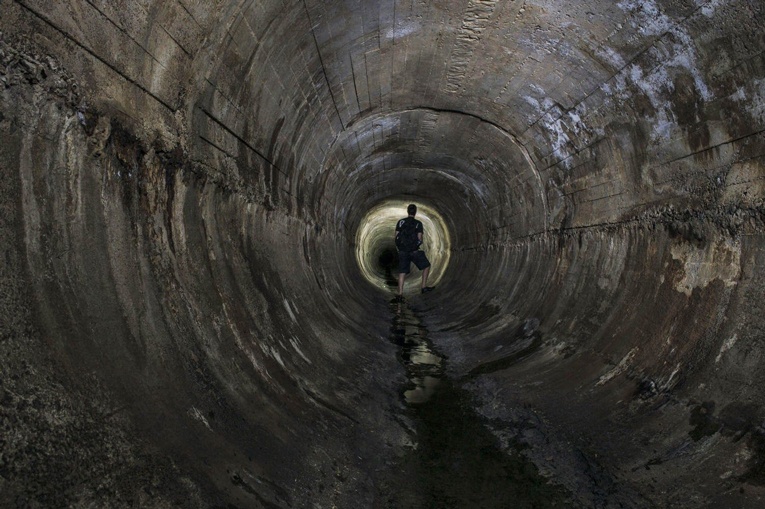
Finals Words
Exploring storm drains is an extremely dangerous thing to do. Naturally, lots of curious explorers will eventually venture into storm drains so they can scratch that exploring itch.
Exploring plain ol abandoned buildings just don’t have the same level of excitement it once had.
If you’re going to explore a storm drain, don’t make any urbex beginner mistakes. Promise yourself that you won’t do anything stupid like continuing to walk deeper into a drain when water comes out of nowhere.
Exploring storm drains can be fun, but the dangers that it carries might not be worth the excitement. But that’s not up to me to decide for you, that’s your job.
If you’re going to explore a storm drain, be safe and have fun. If you decide not to, just know that you can always watch a fellow explorer do it on their YouTube channel.